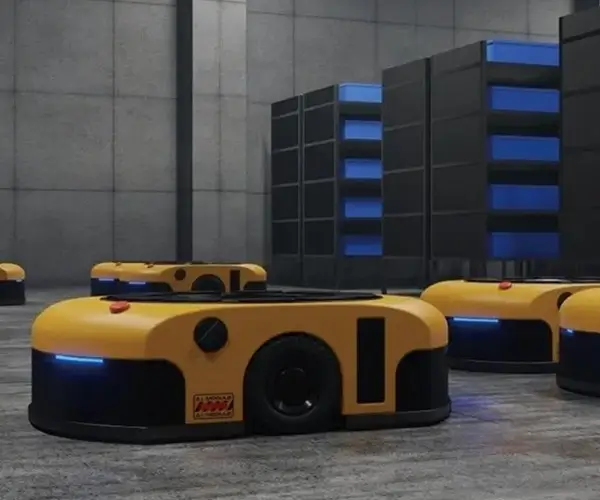Certainly! Here is the first part of your soft article based on the theme "DC Gear Motor with Wheel."

Unleashing Power and Precision: The Ultimate Guide to DC Gear Motors with Wheels
In the rapidly evolving landscape of robotics, automation, and DIY innovation, the right motor can make all the difference. Among the myriad options available, the DC gear motor with a wheel stands out as a versatile, efficient, and highly adaptable component. Whether you’re designing a robot to clean your house, creating a remote-controlled vehicle, or building an automated conveyor system, understanding the ins and outs of DC gear motors with wheels can elevate your project from good to truly remarkable.
What is a DC Gear Motor with a Wheel? At its core, a DC gear motor is a standard DC motor integrated with a gear train—an assembly of gears that reduce the motor’s high rotational speed while increasing torque. This combination allows for precise control of motion and power, making it ideal for applications requiring steady, reliable movement. When paired with a wheel, this assembly becomes a mobile powerhouse capable of enabling wheeled robots, automated carts, or even hobbyist projects.
The wheel attached to the gear motor isn’t just for mobility; it plays a vital role in translating rotational motion into linear movement, providing a smooth, stable platform for various tasks. These units are often designed with a compact form factor, making them suitable for tight spaces and lightweight designs.
The Inner Workings of a DC Gear Motor with Wheel Understanding the parts helps appreciate how these systems operate:
DC Motor: Converts electrical energy into mechanical rotation through electromagnetic interaction. Gear Train: Usually consists of spur gears, planetary gears, or worm gears that tailor the motor’s speed and torque. Mounting Frame: Ensures the motor and gear assembly are securely attached to the wheel and robotic chassis. Wheel: Usually made from durable plastic, rubber, or rubber-like material, optimized for grip and durability.
Together, these components offer a harmonious balance of power, speed, and control. The gear train reduces the RPM (rotations per minute), allowing the motor’s high-speed rotation to turn into a manageable, powerful movement suitable for driving wheels of varying sizes.
Advantages of DC Gear Motors with Wheels What makes these units so valuable? Let’s explore their key benefits:
Customized Speed and Torque: Thanks to gear reduction ratios, you can tailor the motor's performance to specific needs—whether you need slow, forceful movement or fast, agile motion.
Compact and Lightweight Design: These motors are often small enough to fit into tight spaces, which is vital for robotics prototypes and small-scale automation.
High Reliability and Longevity: With properly chosen components, DC gear motors with wheels can operate continuously with minimal maintenance, thanks to robust gear designs and sealed motors.
Cost-Effective Solutions: They offer a budget-friendly way to achieve complex movement capabilities, making them perfect for hobbyists and entrepreneurs alike.
Ease of Control and Integration: Modern DC gear motors with wheels are highly compatible with various control platforms—Arduino, Raspberry Pi, custom circuits—and support precise speed regulation, direction change, and braking.
Applications Spanning Industries and Hobbies The applications for DC gear motors with wheels are limitless, crossing both industrial and hobbyist domains:
Robotics: From autonomous mobile robots to remote-controlled cars, these motors are the backbone of wheel-powered movement.
Automation: Automated guided vehicles (AGVs), conveyor systems, and smart carts use these motors to streamline movement and logistics.
DIY Projects: Hobbyists leverage these motors for anything from small robot kits to innovative artistic installations.
Medical Devices: Certain medical transport devices utilize these compact motors for precise, safe mobility.
Agriculture: Automated equipment for planting or harvesting can be powered efficiently with such motors.
Choosing the Right DC Gear Motor with Wheel When selecting a motor for your specific project, consider these critical factors:
Output Torque: Determine the force required to move your load, factoring in weight, friction, and desired speed.
Speed Requirements: Decide how fast your wheel needs to turn to achieve optimal performance.
Gear Ratio: Match the gear reduction to your torque and speed needs; higher ratios increase torque but reduce speed.
Voltage Compatibility: Ensure your power source aligns with the motor’s voltage specifications.
Wheel Size and Material: The diameter and grip material influence maximum speed, traction, and stability.
Size Constraints: Space limitations may dictate the maximum dimensions of your motor and wheel assembly.
Getting Started with Your DC Gear Motor with Wheel For beginners, many suppliers offer ready-to-mount kits that include the motor, gear train, and wheel in one package. These kits often come with adapters, mounting brackets, and instructions, allowing you to integrate them effortlessly into your project. Experimenting with different gear ratios, wheel sizes, and control algorithms can help you optimize performance and prepare your system for real-world conditions.
As you delve into applications, remember that fine-tuning parameters like motor voltage, PWM (pulse width modulation) signals, and gear ratios can dramatically alter motor behavior, giving you a high degree of control over your device.
Kpower has delivered professional drive system solutions to over 500 enterprise clients globally with products covering various fields such as Smart Home Systems, Automatic Electronics, Robotics, Precision Agriculture, Drones, and Industrial Automation.




































